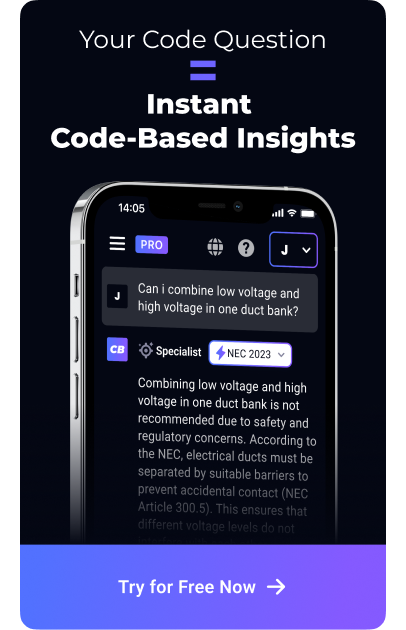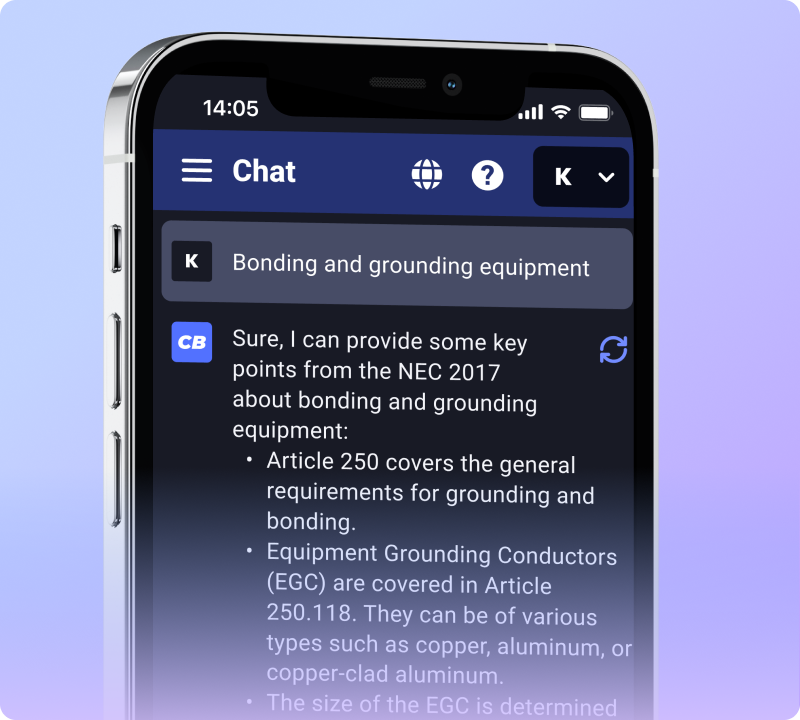In Pennsylvania, adhering to the electrical outlet code is paramount for ensuring safety in both residential and commercial buildings. This article provides a thorough overview of Pennsylvania’s electrical outlet code requirements, tailored for DIY enthusiasts, electricians, construction workers, project managers, engineers, journeymen, master electricians, and electrical apprentices.
Key Provisions of Pennsylvania’s Electrical Outlet Code
Outlet Spacing and Placement: The National Electrical Code (NEC), which Pennsylvania follows, mandates specific spacing for outlets. In residential spaces, outlets should be installed so that no point measured horizontally along the floor line in any wall space is more than six feet from an outlet.
Ground Fault Circuit Interrupter (GFCI) Requirements: GFCI protection is essential for outlets in areas prone to moisture, such as bathrooms, kitchens, garages, and outdoor spaces. These outlets prevent electric shock by interrupting the circuit when a ground fault is detected.
Tamper-Resistant Outlets: In environments frequented by children, such as homes and schools, tamper-resistant outlets are required. These outlets prevent electrical injuries by blocking foreign objects from being inserted.
Arc-Fault Circuit Interrupter (AFCI) Protection: To prevent electrical fires, AFCI protection is required for all 15A and 20A, 120V branch circuits in living areas of residential buildings, including bedrooms, living rooms, and hallways.
Kitchen and Bathroom Outlet Considerations: Outlets in kitchens must be GFCI protected and typically require a higher amperage to support appliances. Bathroom outlets should also have GFCI protection and be placed within a certain distance from water sources.
Ensuring Compliance and Safety
It is crucial to follow the most current NEC guidelines adopted by Pennsylvania for electrical installations. For DIY enthusiasts, it’s recommended to consult with a licensed electrician or use resources like Code Buddy for guidance. Regular updates and inspections are key to maintaining safety and compliance.
Conclusion
Adhering to Pennsylvania’s electrical outlet code is essential for safety and legal compliance. Whether you’re a seasoned professional or a DIY enthusiast, understanding these requirements is crucial. Remember, while Code Buddy offers specialized knowledge on electrical materials and the NEC, it’s not a substitute for full code knowledge or professional review.


